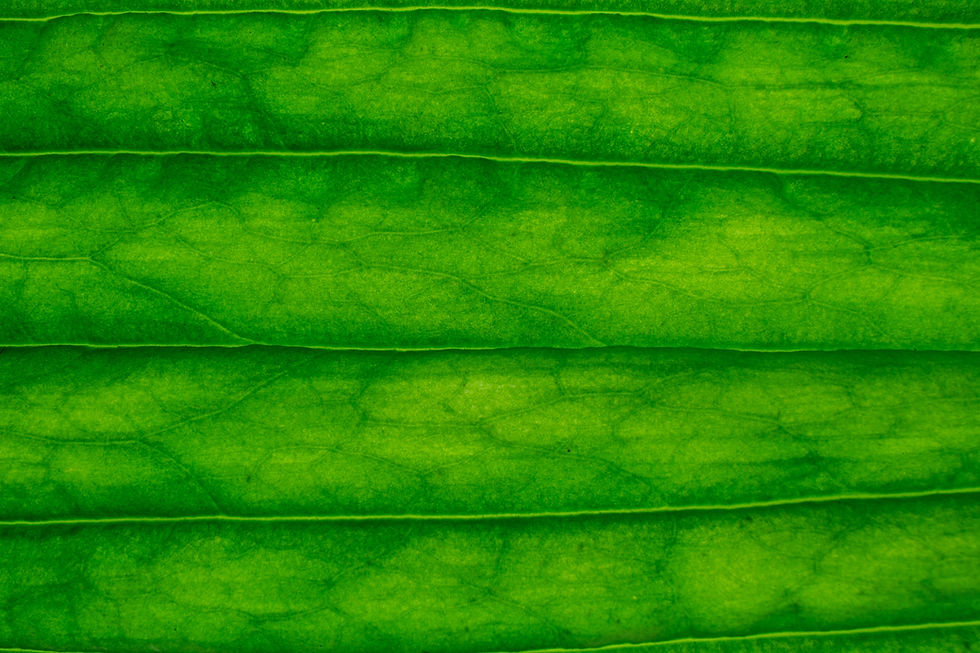
PLANTS & FUNGI
Entheogen
a plant or fungi said to generate or inspire the divine within.
Knowledge is power and the two foundations of knowledge are education and experience. This page can help educate you about the entheogenic plants and fungi that we seek to decriminalize.

Fungi (Psilocybin)
Quick Facts:
-
Has been found to be beneficial in treating depression and to reduce recidivism.
-
UCLA & NYU currently use psychoactive fungi to treat end-of-life anxiety.
-
May encourage openness, creativity, and spiritual growth
-
In a study done by Johns Hopkins University, those who experienced psilocybin rated that experience as one of the top 5 most meaningful of their life.
-
Respected as a safe & natural healing sacrament for millennia throughout Mexico, Central America, and the world.


Fungi (continued)
While Magic Mushrooms is a commonly understood term for these sacred fungi, it is important to note the term’s origin. Magic Mushrooms was coined by an editor of Life Magazine for the 1957 article “Seeking the Magic Mushroom; a "clickbait" title created to sell more copies of a photo essay about Gordan Wasson’s connection with the niños santos via Maria Sabina. Sadly, this term also reflects the subsequent tragedy befalling Maria Sabina and her family from these meetings, as well as Wasson’s associates taking the sacred mushrooms to Sandoz Pharmaceutical to extract and create synthesized psilocybin (indocybin). With that being said, Decriminalize Nature is doing its best to change the narrative of "magic mushrooms" to sacred fungi/mushrooms or psilocybin fungi/mushrooms.
For those with interest in learning more please see the links below.
The Ultimate Guide to Psilocybin Mushrooms
Ayahuasca
Quick facts:
-
Has shown benefit for depression, addiction, neurogenesis, anxiety, and PTSD
-
Ayahuasca treatment in the Brazilian prison population has reduced recidivism
-
May benefit creativity, openness, and spiritual growth
-
Over 75 indigenous groups in the Amazonian basin respect ayahuasca as a sacred “plant teacher”

Ayahuasca (continued)
Ayahuasca is not a single plant--rather it consists of two plants. One contains Dimethyltryptamine (DMT) and the other contains Monoamine oxidase inhibitor (MAOI). Ayahuasca consists of Psychotria Viridis (DMT) and Banisteriopsis caapi (MAOI), but there are close to 4,000 countless combinations of plants that create a DMT/MAOI complex similar to Ayahuasca, and as it is not limited to any particular two plants.
For those with interest in learning more please see the links below.
The Ayahuasca Phenomenon: Jungle Pilgrims: North Americans Participating in Amazon Ayahuasca Ceremonies
The Colonization of the Ayahuasca Experience
The Ultimate Guide to Ayahuasca

Ibogaine
Quick Facts:
-
Beneficial for treatment-resistant opiate and methamphetamine addiction
-
Common plants that contain Ibogaine are Iboga, Voacanga, and Star jasmine.
-
Ibogaine has been used for centuries in ceremonial rites of passage.
Ibogaine (continued)
Ibogaine is found in the Apocynaceae plant family, in Tabernathe iboga, a rainforest shrub native to West Africa. This evergreen bush is indigenous to Gabon, the Democratic Republic of Congo, and the Republic of Congo. The psychoactive part of the plant is found in the root and/or bark of the shrub.
For those with interest in learning more please see the links below.
A New Perspective: My Experience with Ibogaine Treatment
The Ultimate Guide to Ibogaine
Cacti Containing Mescaline
Quick Facts:
-
Has shown benefit in the treatment of alcoholism
-
Central to traditional religious and healing practices for thousands of years throughout the Americas
-
Considered a sacred plant and a sacrament by many

Cacti (continued)
The most commonly known cactus is the peyote of the Lophophora genus. Peyote is Spanish for Nahuatl, meaning "caterpillar cocoon", and is native to Mexico and the southwestern part of Texas. While this cactus has been used for thousands of years, due to its recent popularity and the life cycle of the plant, it is becoming endangered from over-harvesting. This is threatening to those indigenous communities that use peyote for sacred rituals.
A more sustainable alternative is San Pedro, of the Echinopsis genus, native to the Andes Mountains. The psychoactive compound in San Pedro and peyote is mescaline. Two other fast-growing cactus from the same Echinops genus are the Bolivian torch and the Peruvian torch. Both of these are also native to the Andes Mountains.
The official statement on Peyote from Decriminalize Nature.
For those with interest in learning more please see the links below.
THE ULTIMATE GUIDE TO SAN PEDRO




